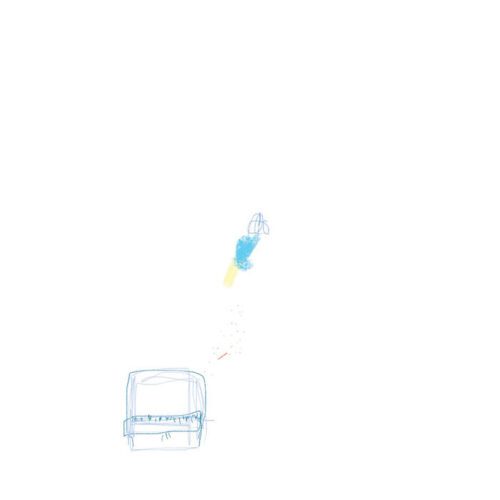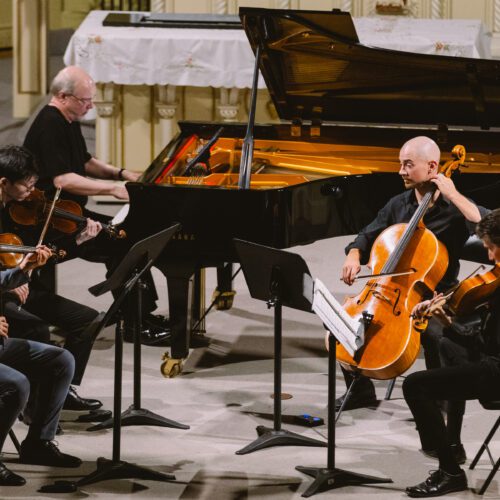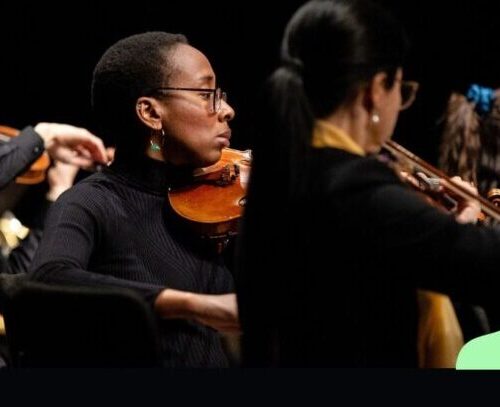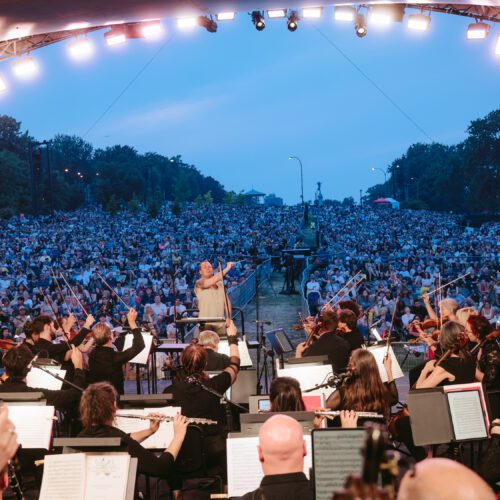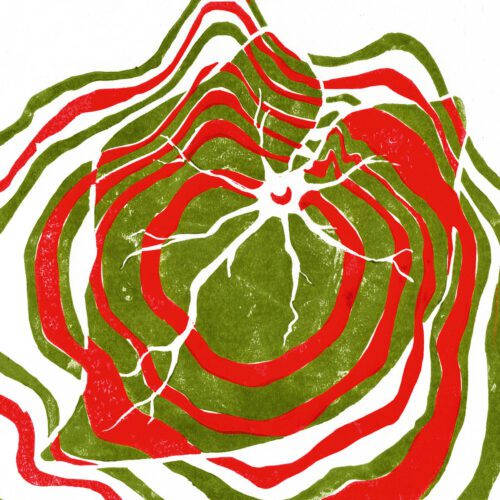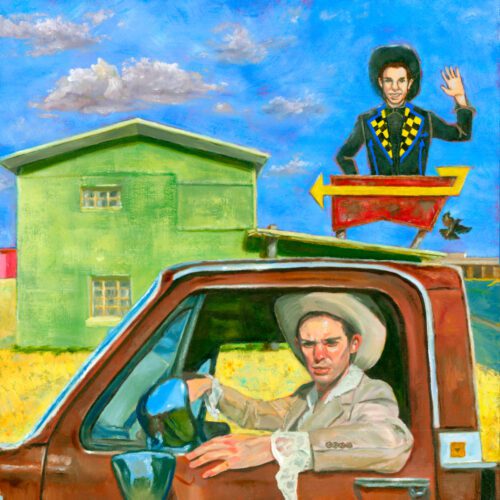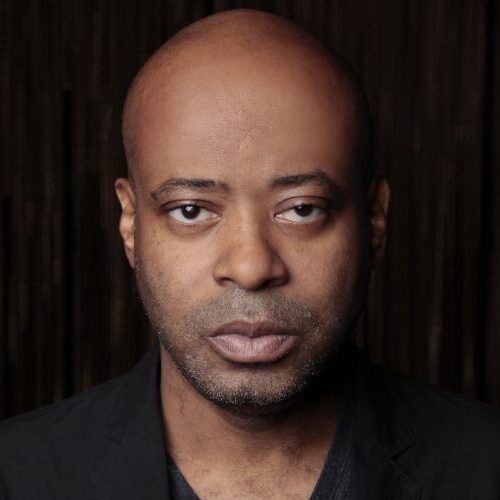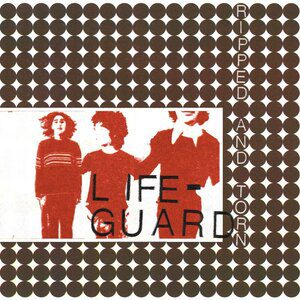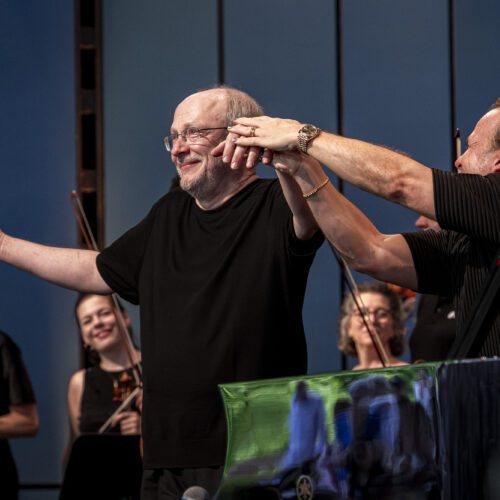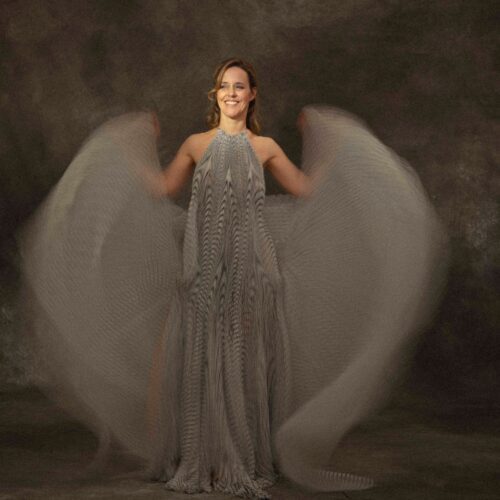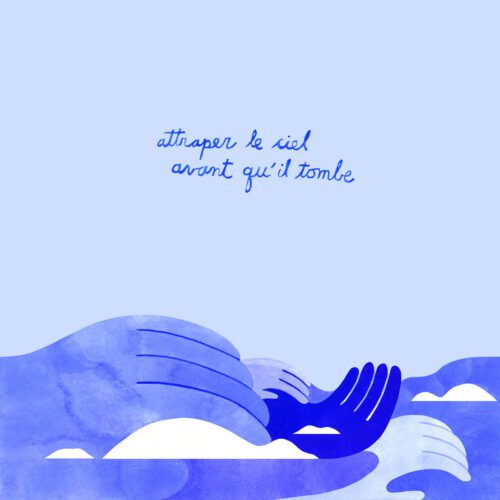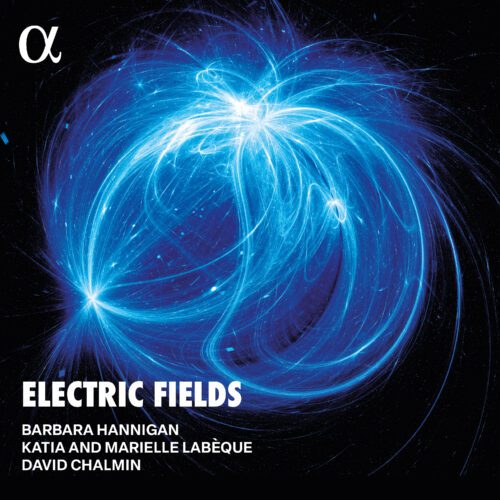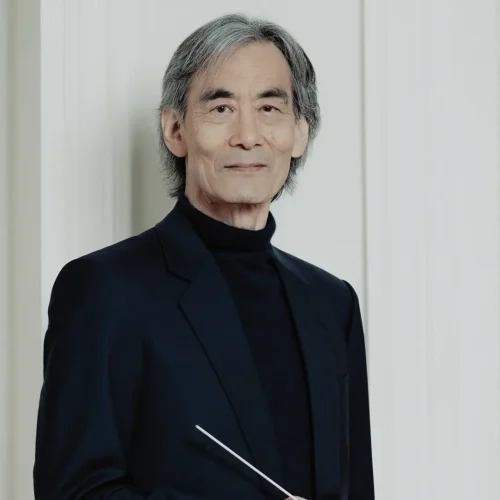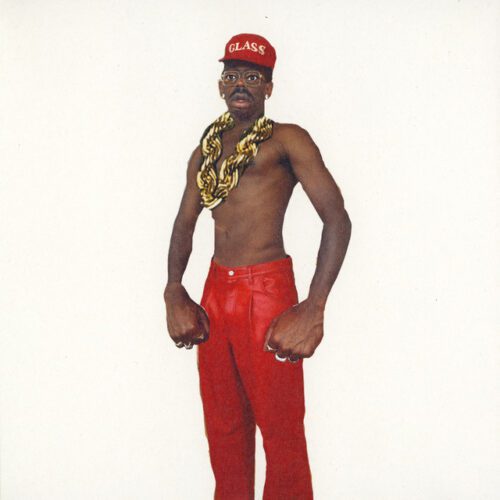A little follow-up to Ingrid Saint-Pierre’s album released earlier this year on Simone Records. Here’s a chance to read the “track by track” of Marilyn Bouchard, PAN M 360’s newly recruited collaborator for the coming year.
Dans tes bras
The album opens with a hope of sweetness, a sweetness through which Ingrid can deposit her vulnerability. She sings of a need for support and confesses her moments of weakness. The minimalist arrangements are well balanced, allowing the melody and intimate atmosphere to take hold. Lightweight backing vocals support the lyrical soaring of the choruses, underlining the vulnerability omnipresent throughout the EP. The fear is great and strong in this room, almost suffocating, and the need for light proportional. The second part of the bridge allows Ingrid to deploy the full sensitivity of her falsetto, which strikes straight to the heart when she tells us “tu sais..” j’suis pas si grande que ça. It’s as if she’s inviting us to bundle up with her for the rest of the album.
Le paquebot
The wave-like rhythm of the piano intro takes us onto the boat from the very first seconds. The song, which begins as a ballad, quickly evolves into something more serious as the fear of the first song returns disguised as apprehension. The artist begins to question her ability to save anyone when she has escaped. “I didn’t save my skin, how can I save yours? The weight of her own failure haunts us, repeated relentlessly, until this mantra is transformed into a deep desire to achieve it for the other: a strong, graphic enumeration of all she hopes to be, like a mast in a storm. Joseph Marchand’s double piano score, which begins to interweave at this point, is particularly effective in intensifying this section, which is my personal favorite.
She leaves us with a final repetition of her question left hanging, like a confession, or an apology…
L’Onoclée
A light-filled lullaby in which Ingrid invites us to take a gentler look at things. We see the dust hanging in a ray of sunlight, and hear a desire to make life something beautiful, a challenge to be met.
We understand that even in her bittersweet moments, Ingrid will transform the ordinary into the extraordinary. That nothing is bad enough to go wrong. The song takes off in the choruses, with a promise to make existence a celebration, rain or shine. And the performer assures us, unchanging, that no matter what happens or what happens, “she’ll be there”, in an outro with a delicate arrangement reminiscent of the Beatles.
Ficelles
We particularly appreciate rediscovering this song in its simplest expression, as the impact of its message is all the stronger. In this solo piano version, we take the liberty of adding a magnificent instrumental section in the middle of the piece, and Ingrid allows herself a few beautiful vocalizations in her interpretation that enrich the score. The choice of making this song the most pared-down on the album is very well considered, and we leave it on a very intimate vocal thread that continues in its silence, carrying us along with it.
Petite fin du monde
The delicate soundtrack of birds immediately sets the tone for this last song, with its slightly melancholy airs: we are in touch with nature, the essential, simplicity. Ingrid takes us on a stroll, a stroll during which she wonders about the passage of time and its contrast,
whispering “your childhood on the other side”, a smile in her voice, knowing that this moment is already disappearing. It’s the most introspective piece on the album, as if she’s trying to condense all the experiences of that childhood, perhaps to make it last a little longer… She waxes lyrical about hypothetical futures and then lets go of our hands, in this children’s playground that brilliantly sets up the song’s sonic identity, letting us imagine the possibilities, with all that we leave behind, through this album and this life.
